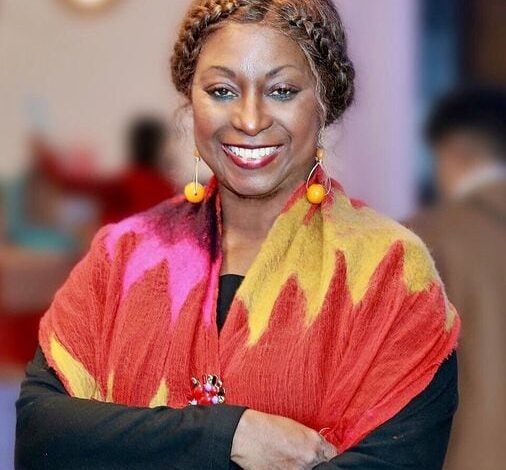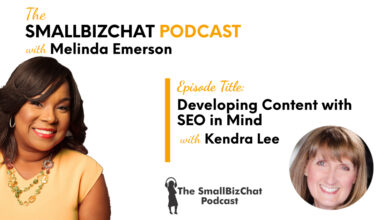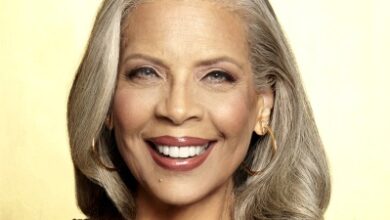Black entrepreneurs need more white allies

He said, “Colette, you are a sweet little island girl . . . Why do you want to put yourself through all that frustration? You would be better off getting a job in the marketing department of a local company.”
He then advised me to talk to Kendall Nash, the owner of WILD, the leading Black radio station in Massachusetts at the time. He suggested that Kendall would tell me how difficult it had been for him to get the Boston business community to purchase advertising on his station.
I don’t believe my friend’s advice was ill intended. I believe that, in his mind, he was giving me a dose of sober reality and trying to help me avoid inevitable frustration and heartbreak.
I had come to Boston in the early 1970s as a 17-year-old from the small Caribbean island of Antigua. Studying communications at Emerson College, I had high hopes and great expectations. I had done my research at the public library back home and was convinced Boston was not as racially divided and explosive as I had read the American South was. After all, it was intellectual and wealthy, the home of Harvard and the Kennedys. The Rev. Martin Luther King Jr. went to the Boston University School of Theology, where he met his wife. The first man to die in the American Revolution was a Black Bostonian, and the 54th Regiment in the Civil War — the only nonwhite regiment in the war — was based in Boston.
And the city seemed very British, particularly the Back Bay where my school was located. Having grown up in a British colonial-influenced culture myself, I truly thought I would fit in nicely in Boston, without giving any thought to race.
Boy, was I in for a rude awakening. The images on the nightly news of angry white parents and terrified Black children being bused into white communities — all being ginned up by outspoken racists like Boston school committee member Pixie Palladino and councilwoman Louise Day Hicks — told a very different story. It wasn’t long before I realized that the neighborhoods featured in these news stories — South Boston, Charlestown, the North End, and East Boston — were for all intents and purposes off limits to Black people.
I didn’t let these experiences discourage me. They gave me an early preview into how hard it is for Black people to break into the halls of power and of the resilience and initiative that doing so requires.
But as I would also learn, there are white men who see things differently — who take public and private actions to expand the circle of people in power and invite those who in the past have been excluded.
How you do business
In 1985, I was working in Cambridge for Royal Sonesta Hotel when I told my boss, Paul Sonnabend, that I wanted to launch my own PR business — and that I wanted Sonesta to be my first client. As I made this bold statement, I had a few expectations about what might happen next. Being fired was one of them. I also knew that if he said yes to becoming a client, that check would be less than my current salary. But I was willing to take a chance on both. If I was fired, well, I was leaving anyway; and if the hotel became a client, it would serve as a springboard to other clients.
What I wasn’t expecting was what he offered me: the opportunity to use my old office three days a week for my new business and to stay on the company’s health insurance plan, even though I was now a consultant rather than an employee. I was amazed, pleasantly surprised, and deeply touched by his generosity and demonstration of support.
Around the same time, I reached out to Bob Spiller, the CEO of Boston Five Cents Savings Bank. I knew Bob from a previous job, and I ostensibly called him to talk about his TV ads. Five Cents Savings Bank was the only bank in Boston with a branch in Roxbury, a minority neighborhood. Five Cents also had Black members on its advisory board, something virtually no other business had back then. The problem? They hadn’t leveraged any of it.
During our call, I told Bob that his ads were wonderful but that they didn’t tell the full story because there were no people of color in them. I explained his bank was leaving money on the table and sending the wrong message — that Five Cents didn’t want the business of Black people. I knew that wasn’t true. After all, they wouldn’t be in the heart of the Black community if they didn’t want its residents and business owners as clients.
Based on that conversation, Bob hired me as a consultant on ethnic marketing. I reviewed the bank’s collateral materials and incorporated Black and brown faces into them. I also advised him to cohost a series of talks on first-time home buying in Roxbury along with the Twelfth Baptist Church and a Black realtor. Bob and others at the bank were skeptical, wondering if I could get anyone to attend, but they moved forward with the plan. As they say in “Field of Dreams,” “If you build it, they will come.” And sure enough, 150 people showed up.
Later, I persuaded Boston Five Cents Savings Bank to partner with Roxbury Community College. The bank hired Roxbury students as part-time tellers and gave them opportunities to move up the ladder.
Around the same time, community activists and the Lawyers’ Committee for Civil Rights Under Law were starting to target banks for the practice of redlining, which ruled out making home loans in certain neighborhoods — usually minority neighborhoods. Most banks were fearful of receiving negative press and reputational damage from their participation in this type of illegal activity. I told Bob, “You have nothing to worry about. You are lending in these communities!” He heard me, and we put together a presentation highlighting what Five Cents Savings Bank was doing in the Black community. After the presentation, one of the activists asked me to present Boston Five Cents Savings Bank’s model to other banks in Boston to encourage them to follow suit.

What’s changed — and what hasn’t
Certainly, a lot has changed since those days. Today, my public relations office is in Charlestown. In 2021, two women of color became mayors of Boston — first, the former city council president Kim Janey, a Black woman, and then Michelle Wu. And the city council itself is no longer all white Irish men but 70 percent people of color — a reflection of changing demographics and the broader environment not just in Boston but in America. One thing that hasn’t changed, though, is that most of the occupants of corporate C-suites; the major political movers and shakers; and the gatekeepers who oversee policy, government, sports, arts, and entertainment are still white men.
And we still need them to learn from men like Paul Sonnabend and Bob Spiller. They weren’t “white knights” rushing in to save people of color and women like me — but allies and advocates who were willing to lean in, listen, learn, and “lead from behind.” It took courage to support a Black employee going into a new venture. It took courage for the bank to partner with a Black realtor, who knew the clientele, and the historic Twelfth Baptist Church. And because of their courage, I got the wins needed to grow as a young Black entrepreneur.
When someone has the courage to facilitate access and opportunity for those who are underrepresented or marginalized, it can have a profoundly positive impact on careers, businesses, and communities.
Colette A.M. Phillips is the founder of Colette Phillips Communications and the author of the forthcoming book “The Includers: The 7 Traits of Culturally Savvy, Anti-Racist Leaders,” from which this essay has been adapted with permission.





